Pinterest has marched onto the social media scene in a big way. In January of 2012 Pinterest became the fastest company ever to reach 10 million unique users in one month with 11.7 million site visitors (comScore). Today, just three years after it was founded, Pinterest already has over 70 million users, making it one of the most popular social networks in the world.
According to OmniCore, Pinterest is crucial for eCommerce as well as 47% of online shoppers in the U.S. have made a purchase based on a recommendation from Pinterest. On top of that, Pinterest users are quite well off, as the average user has a household income of $100,000. Interestingly, many businesses have been slow to join the trend. As of 2013 there were only about 500,000 business pages registered (Semiocast).
Clearly Pinterest is a great place for a business to set up a marketing campaign. It is a resource that has not yet been tapped into to the extent of Facebook or Twitter, so the potential is also greater. There is a lot of work that goes into marketing on Pinterest, but much of the strategy is the same or similar to marketing concepts for other social media networks. This article will discuss 9 tips that are unique to Pinterest, and will help you to start marketing your business on Pinterest today!
For those of you that just want a quick look at these 9 Pinterest marketing tips we added this slideshow just for you!
1. Use a Pinterest Business Page
Be sure that you are using a Pinterest business page rather than a regular user profile. Your page will look exactly the same to viewers, but you will have access to some very powerful analytic tools that are only available to businesses.
Using Pinterest’s analytics you can review how many people are seeing your pins, pinning from your website, and clicking on your content. You can also see which pins are the most popular and who shares your pins.
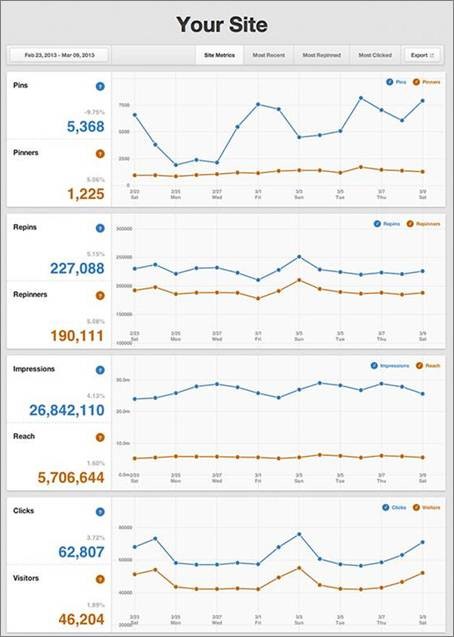
2. Optimize Everything for SEO
Even on Pinterest you need to be conscious of SEO. There are a lot of opportunities to use keywords which will help your content to rank higher both in the Pinterest search and in a regular search engine.
User name: Make sure to choose a user name that is easy to find. Ideally, use your brand name or a name similar to it.
About section: You only get 160 characters to describe your company, but that should be more than enough to briefly explain who you are and what you do, while using relevant keywords.
Take a look at Shopify’s about line:

Boards: Boards will be discussed in more detail a bit further down in this post, but in terms of SEO you should make sure to create a few different boards that focus on specific keywords.
Pins: In your pins themselves there is space for you to write a description. This is another great opportunity for you to use keywords.
Uploaded Images: When uploading an image be sure to name the photo, rather than leaving it with the meaningless standard image name. When renaming the photo use hyphens between the words, for example: Facebook-ad-call-to-action.
3. Use the Best Image Sizes
Pinterest is all about the images, so you definitely want your image to be as big as possible and to look as good as possible. The full width of an image on Pinterest is 735 pixels, so you should be sure to always upload pictures of that width.
In addition, taller images (images that are not square) attract more attention, because they take up more space in the display.
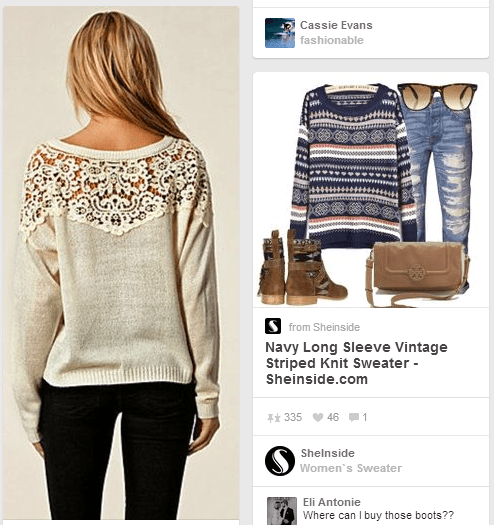
4. Have a Number of Specific Boards
Don’t post on just one, two, or even five main boards. Have a bunch of different boards in order to appeal to as many different people as possible, and to make your information as easy to access as possible.
Everyone likes something different, and no one wants to constantly see information that they don’t care about. By creating a bunch of different boards each dedicated to a very specific topic you give your fans the option to choose exactly which things they are interested in and which they are not.
Take a look at Hubspot for example. They have 34 different boards.
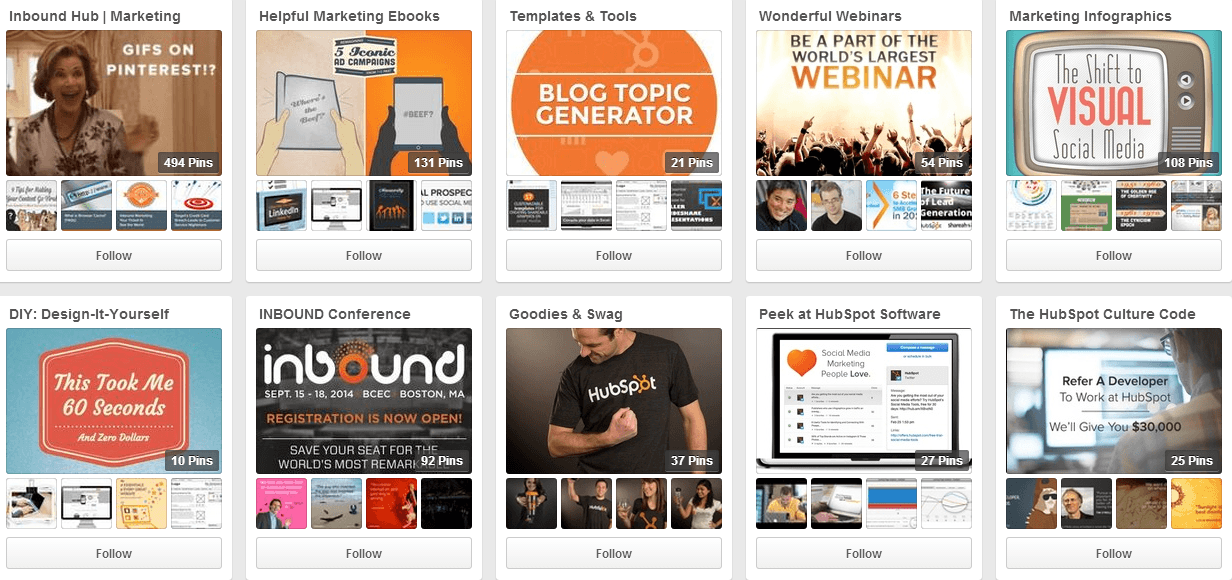
5. Keep up With the Times
Keep your boards up to date by having different boards that apply to different seasons or times of the year. For example, you can have a board dedicated to the winter holiday season. When winter comes around, bring that board up to the top of your list. Once it passes, move it back down to the bottom. Don’t delete it though, this way you can continue adding content to it over the course of the year so it will be ready by next winter.
A perfect illustration of this is Sony’s Super Bowl themed board:
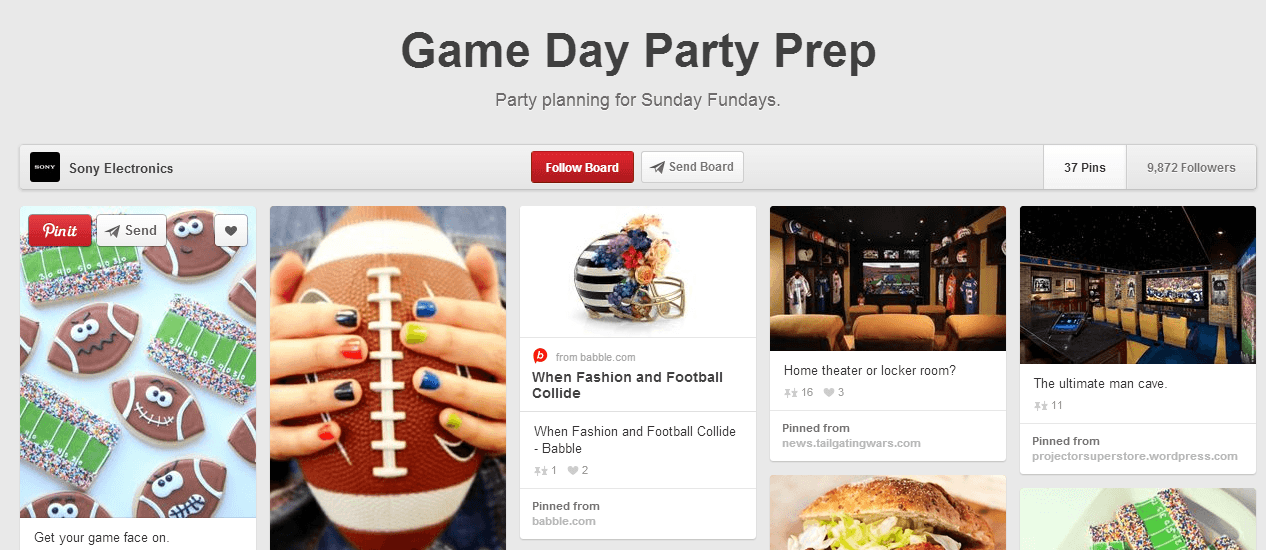
6. Have Group Boards
You should definitely have at least one or two group boards. Group boards enable your followers to post their own images to your board. These boards can be anything from sharing knowledge to customers using your products.
It is always important to show your fans that you care about what they have to say. User generated content is also one of the most highly shared types of content.
Here are a few group boards from the Food Network. You can tell if it is a group board if it has the small grey icon that looks like a group of people next to the name of the board.
7. Distribute Your Content Evenly
Do not only have brand related boards and do not only pin brand related content. You can certainly have a few boards dedicated to just brand related pins. For example, a clothing store can have a board for men’s clothing and a board for women’s clothing where they will only pin images of the clothes. But in addition to these boards there should also be boards dedicated to broader topics that relate to your brand’s “culture.”
These culture boards can very easily mix both brand and non-brand related content very well. A great example of that is Target’s “Healthy Living” board. Here you can see a very even distribution of content.
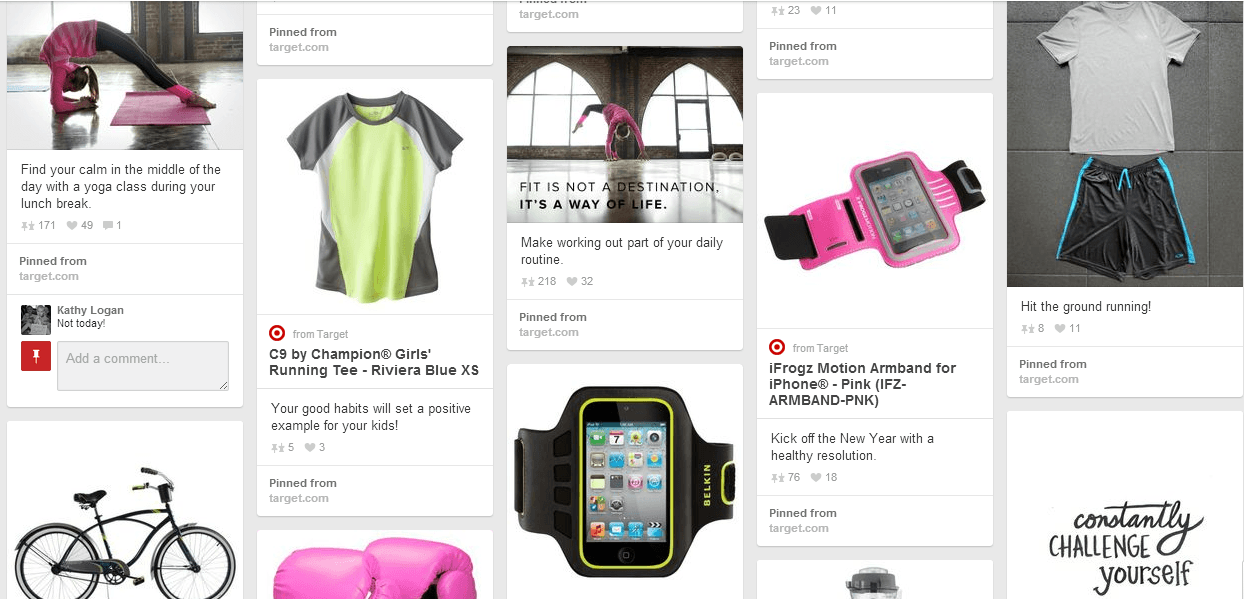
8. Brand Your Pins
Obviously your goal in social media is recognition. You want to reach as many people as possible. When it comes to Pinterest you want people to follow you, to interact with your pins, and to repin your content. That means that if all goes well people will be redistributing your images around the web. If that’s the case, then you want to make sure that your content still packs the same “brand” punch as it did when you posted it.
In order to achieve that, you should add your logo to the corner of your pins. This is a small and subtle addition to your pins that can amplify your brand’s name tremendously.
For example, I found this pin below on Wal Mart’s page, but because the image was pinned with a website on it, I can still see the source right away.
9. Use Pin It Buttons
Another great way of expanding your presence on Pinterest is by letting other people do it for you. Don’t rely solely on the content you post on Pinterest itself. Much of that content probably comes directly from your website anyway. By adding hover over Pin it buttons and Pin it share buttons on all the images on your website you will encourage people to pin your content for you.
This is an additional source for spreading your content around Pinterest, because the people visiting your website might not be following you on Pinterest.
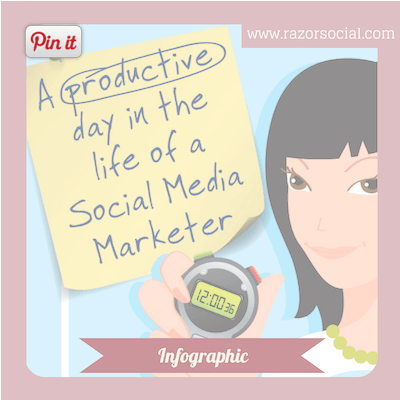
Now You
Start using these tips to build up your brand’s Pinterest presence today!
Do you have any Pinterest tips or experiences that you would like to share? We would love to hear from you in the comments below.

Zack is a social media enthusiast who loves all things digital. He is the inbound marketing manager at StoreYa where he spends his days searching for the newest social marketing scoop. If you’d like to chat with him, feel free to connect with him on any social platform.
Recommended articles
 Facebook Ads for eCommerce: 16 Strategies, Examples & Tips
Facebook Ads for eCommerce: 16 Strategies, Examples & Tips
 How to Build a Winning eCommerce Ads Strategy
How to Build a Winning eCommerce Ads Strategy
 Google Ads for eCommerce: Everything You Need to Know
Google Ads for eCommerce: Everything You Need to Know
 10X Your Traffic with PPC Management Software
10X Your Traffic with PPC Management Software
Comments
Powered by Facebook Comments

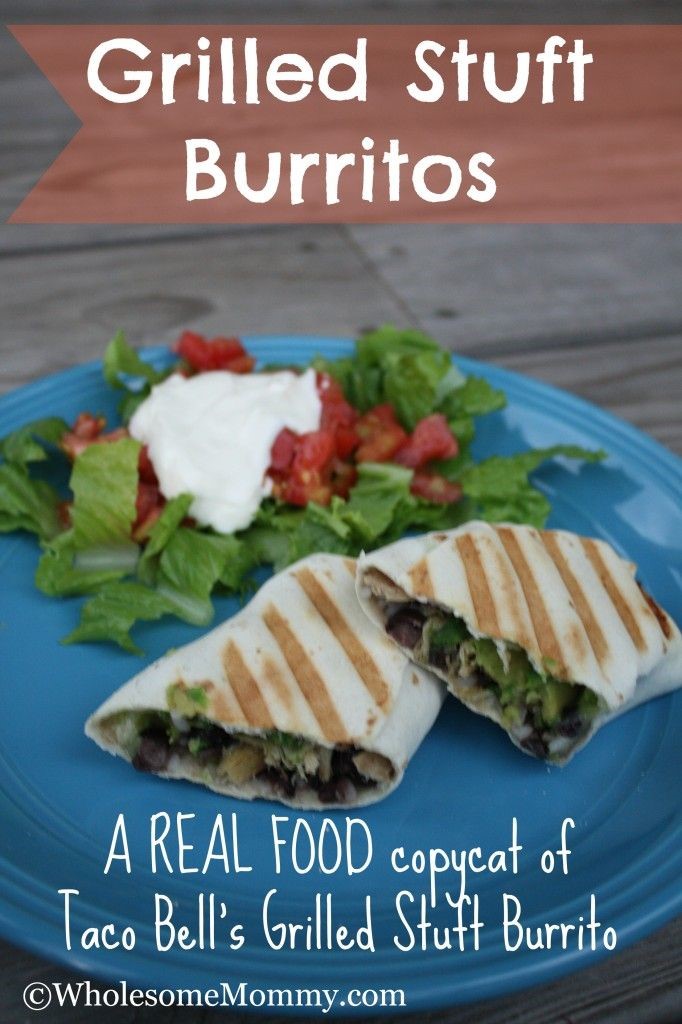



Great article, we will follow your advices, greetings from Romania!!
Thanks, glad you enjoyed!